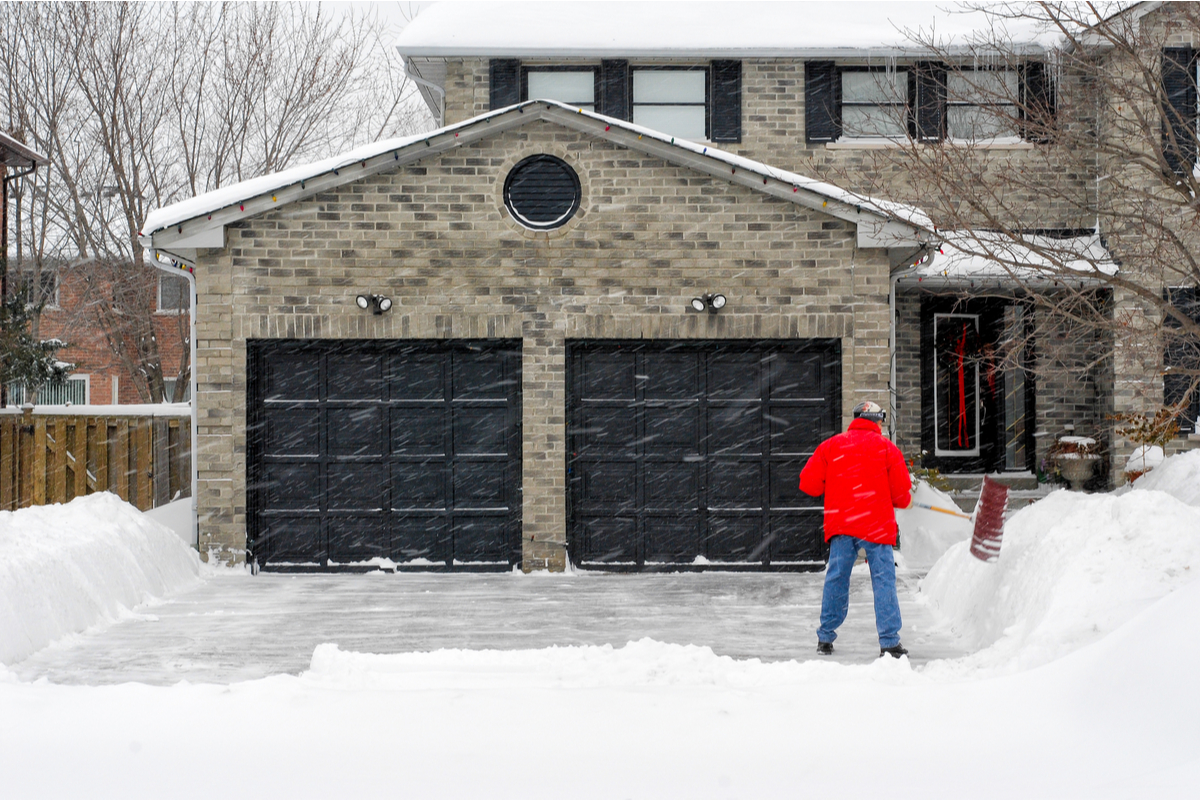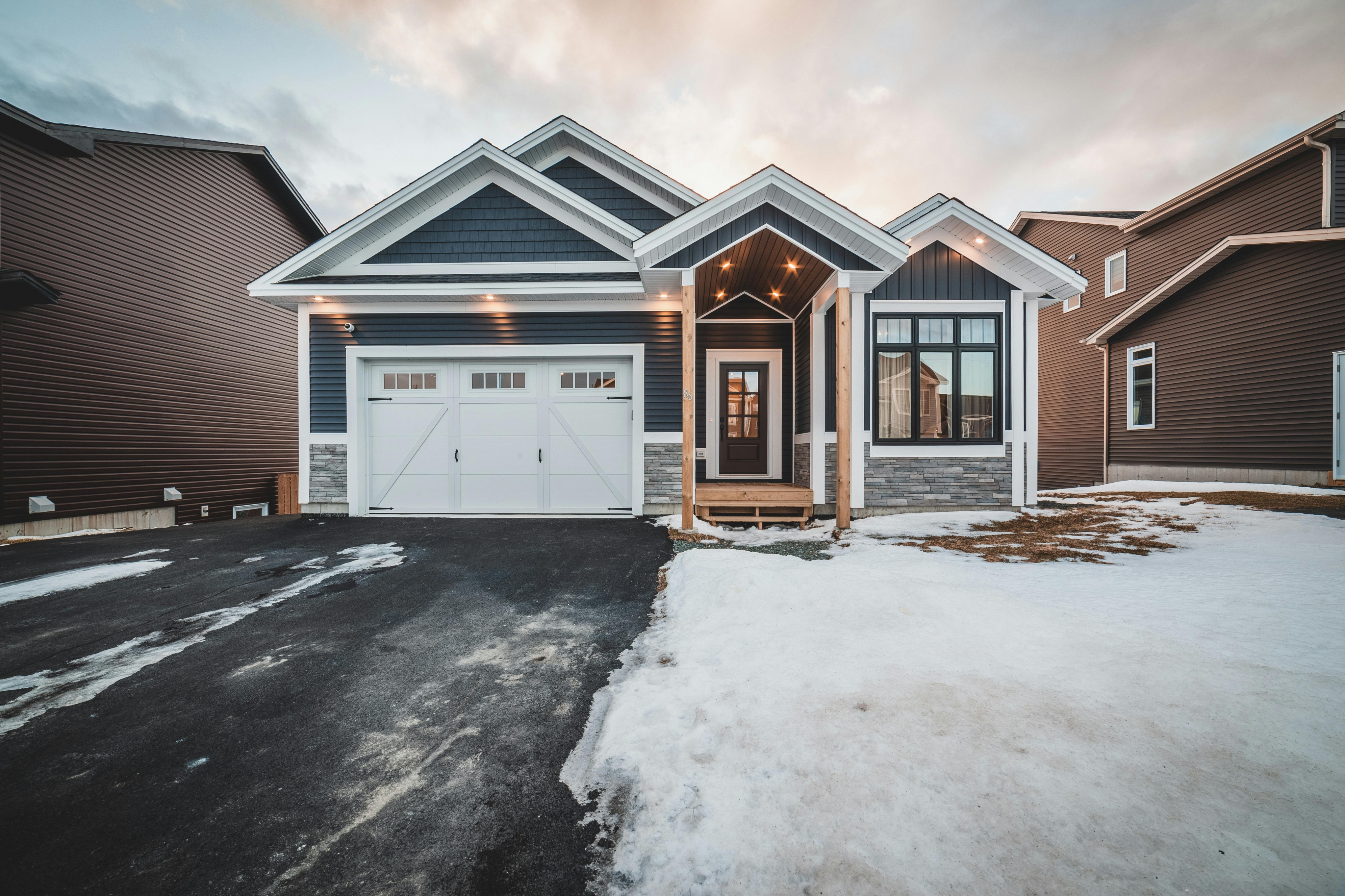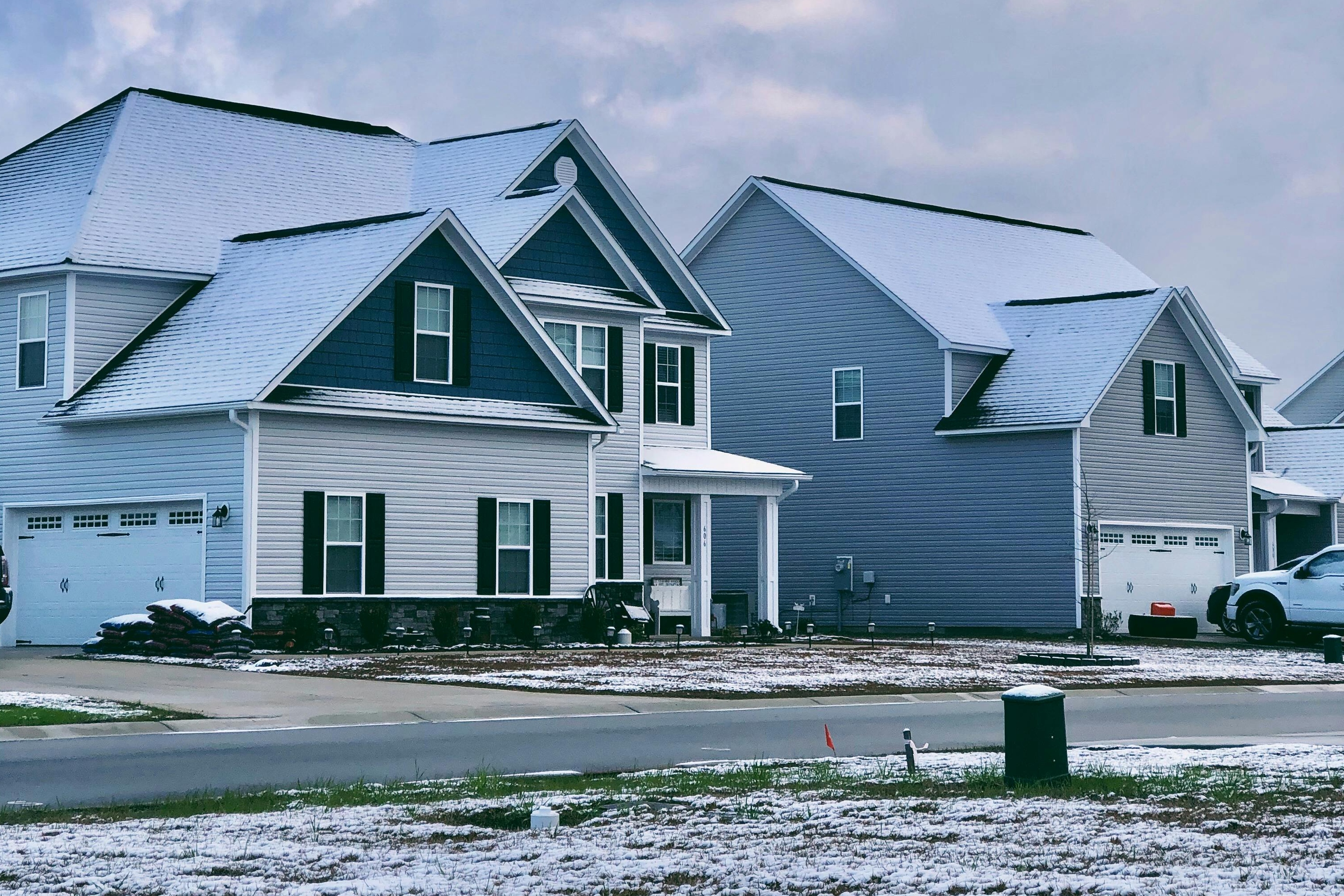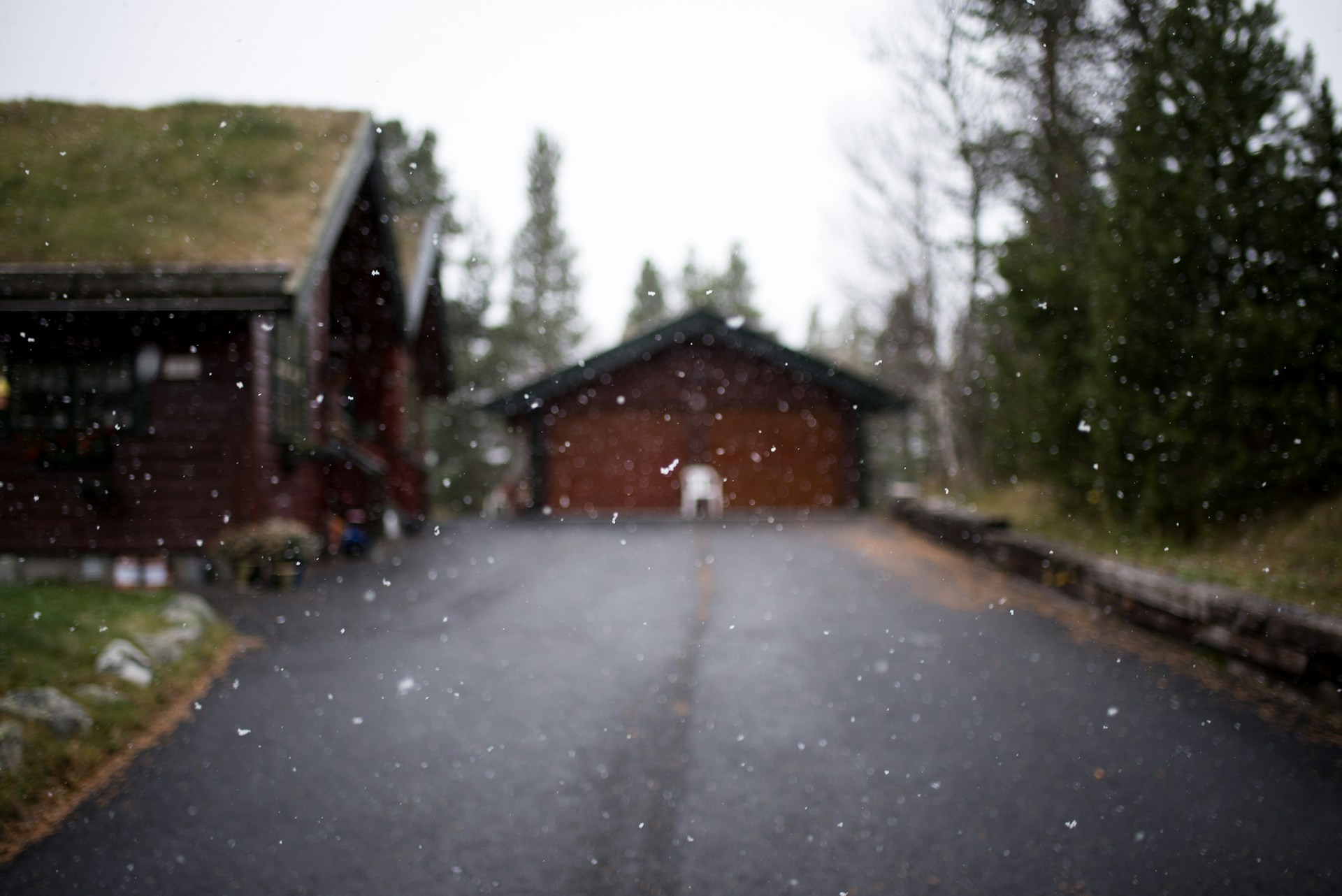A heated driveway can save you time and hard work in the winter by melting snow before it accumulates. For homeowners who don’t want to pull out the snow shovel during winter, a heated driveway can offer the perfect solution. But how does a heated driveway work? And how much does one really cost? We’ll dive into everything you need to know about the heated driveway to decide whether it’s a good fit for you.
What is a heated driveway?

Heated driveways prevent snow and ice buildup on your concrete or asphalt by distributing heat through a system beneath the driveway itself. Much like heated flooring, heating systems are laid under the driveway to provide heat that will permeate the driveway material and melt any accumulated snow or ice. This can be a handy home feature for those who experience a lot of snowfalls during the winter.
A heated driveway can prevent excess snow accumulation, meaning homeowners don’t need to fret over countless winter hours shoveling snow.
Types of heated driveways

If you’re wondering how a heated driveway works, there are a few different systems. Each system has a different method of heat distribution, but all perform the same task of melting snow and ice. However, it’s important to point out that not every system is equal, and some are more effective than others.
Built-in hydronic system
Hydronic heated driveways operate through a water heating system. Water and antifreeze are heated in a hydronic boiler that then pumps and circulates through polymer tubing beneath the driveway. As the water travels through the tubes, the heat radiates out, melting the snow and ice on the driveway.
Hydronic heated driveways are very effective but can produce heat unevenly across the driveway. They are also a bit costly to install but have the ability to melt snow quickly and are ideal for larger areas.
Built-in electric radiant heat system
Built-in electric radiant heating systems with a grid of wires are installed beneath the driveway. Electricity heats the wires and disperses radiant heat. This can be a more affordable and energy-efficient solution than water heating systems. However, they tend to have higher operating costs.
Heated driveway mats
Heated driveway mats are more affordable than the above-mentioned driveway heating systems. They don’t require the same installation. Rather, they are portable and can be laid on the driveway as needed. Heated driveway mats are made of rubber materials with an internal heating element. You can plug in the mats and hook them up to an electric panel to provide heat, preventing ice and snow buildup.
Manual vs. automatic systems
Manual systems require you to monitor the weather to adequately prepare for heavy snowfalls. You’ll have to manually turn on your driveway heating system to ensure no snow accumulates. If snow has already covered the driveway, the system may take a while to melt the snow. It is also possible that the snow may not melt fully even after your system is turned on.
Automated systems are more costly but can ensure snow and ice don’t accumulate on your driveway. Sensors keep track of temperature and moisture, running on a low setting when the weather is nice and operating at a higher setting once the temperatures drop.
How much does a heated driveway cost?

Heated driveways don’t cost a lot for upkeep and maintenance, but they can be a costly upfront investment. Depending on the type of heated driveway system you get, you could expect to spend quite a bit on installation.
The average cost of a heated driveway system will range from $3,000 to $13,000. Factors like square footage, heating type, excavation, labor, and driveway material will affect the price.
- Built-in hydronic system: The average hydronic system ranges from $4,000 to $9,000 before additional factors are taken into consideration.
- Built-in electric radiant heat system: Electric systems cost anywhere from $3,000 to $5,500, depending on driveway size. But this expense doesn’t include additional factors or electrical upgrades.
- Heated driveway mats: They can cost between $5 and $10 per square foot.
Manual vs. automatic systems
Automatic systems will be more expensive than manual systems. Additionally, automatic systems may use more energy, resulting in a higher electric bill.
Pros and cons of a heated driveway

Having a heated driveway can greatly benefit your home, but there are some drawbacks, too. While each heating system will have its own pros and cons, we’ll weigh the basics below.
Pros
- Saves you time from shoveling snow.
- Prevents ice buildup that could cause an accident.
- Automatic systems don’t require any planning or preparation the night before a storm or freeze to work.
- Driveway heating systems can last up to two decades with little maintenance.
Cons
- Manual systems require you to keep an eye on the weather.
- Not compatible with every type of driveway.
- Heated driveway installation is costly and is better on new-construction homes or on properties where the driveway is already in need of a revamp.
Who should install a heated driveway?

The heated driveway would best benefit a homeowner who lives in an area with frequent snow or overnight freezes. If you live in an area that doesn’t get much snow or ice, the heated driveway may be a costly renovation with little ROI. However, homeowners who spend hours shoveling snow or who have heavy snowfalls during the winter might find the heated driveway to be a huge timesaver.
Having a heated driveway isn’t a necessity, but it can make living in snowy climates more manageable. Rather than laboring away at shoveling snow, heated driveway systems can prevent accumulation, saving you time and stress.




